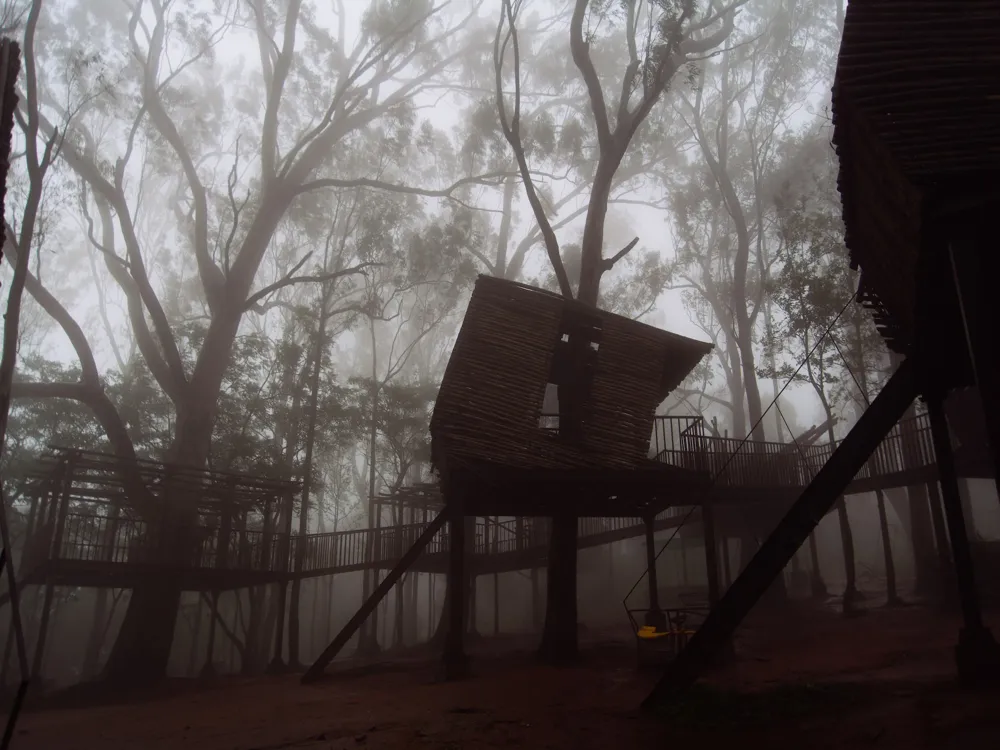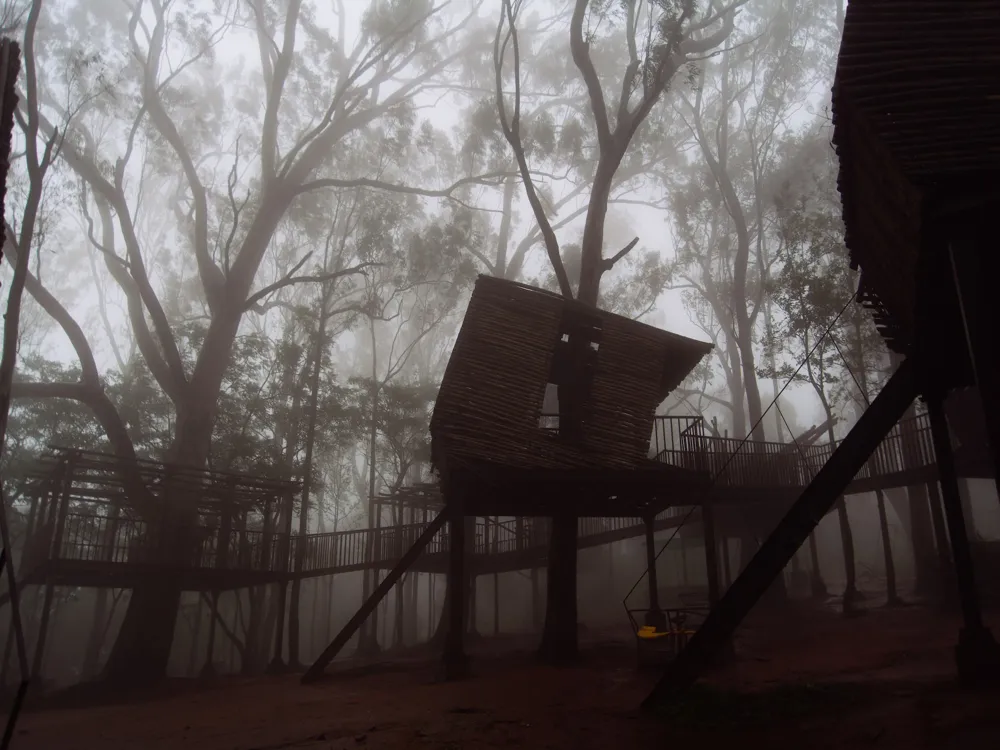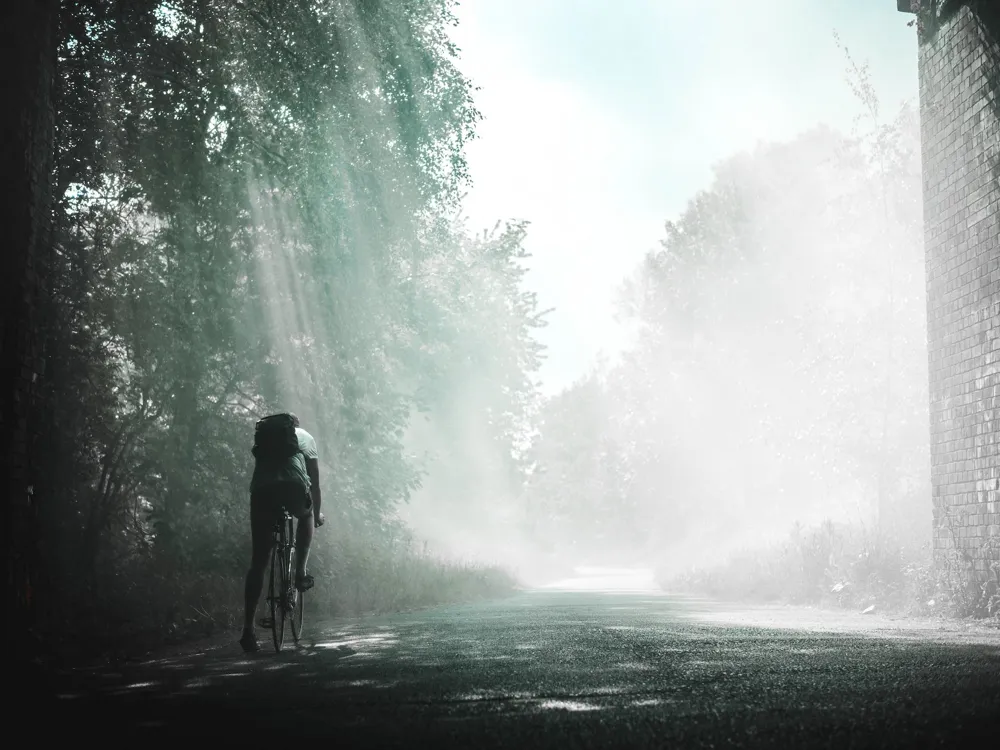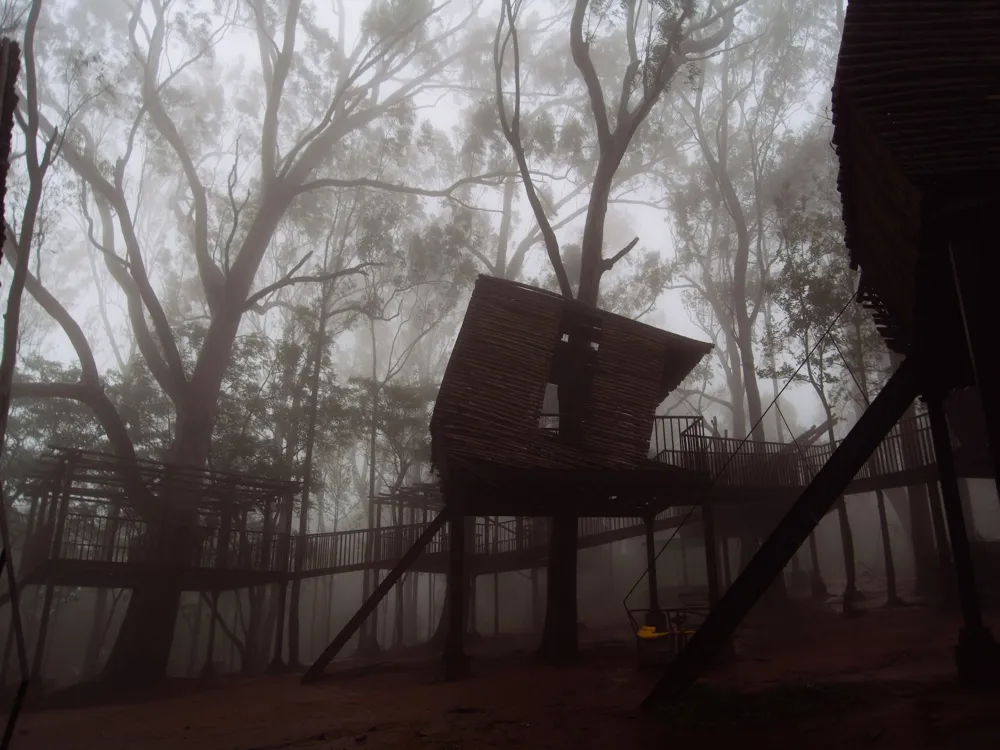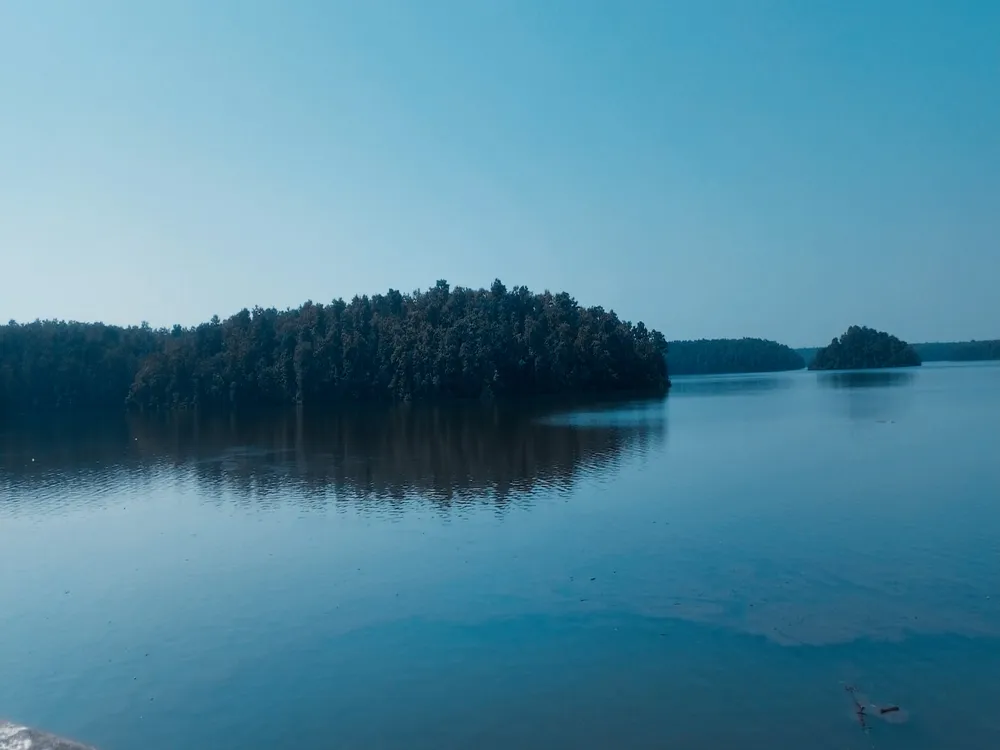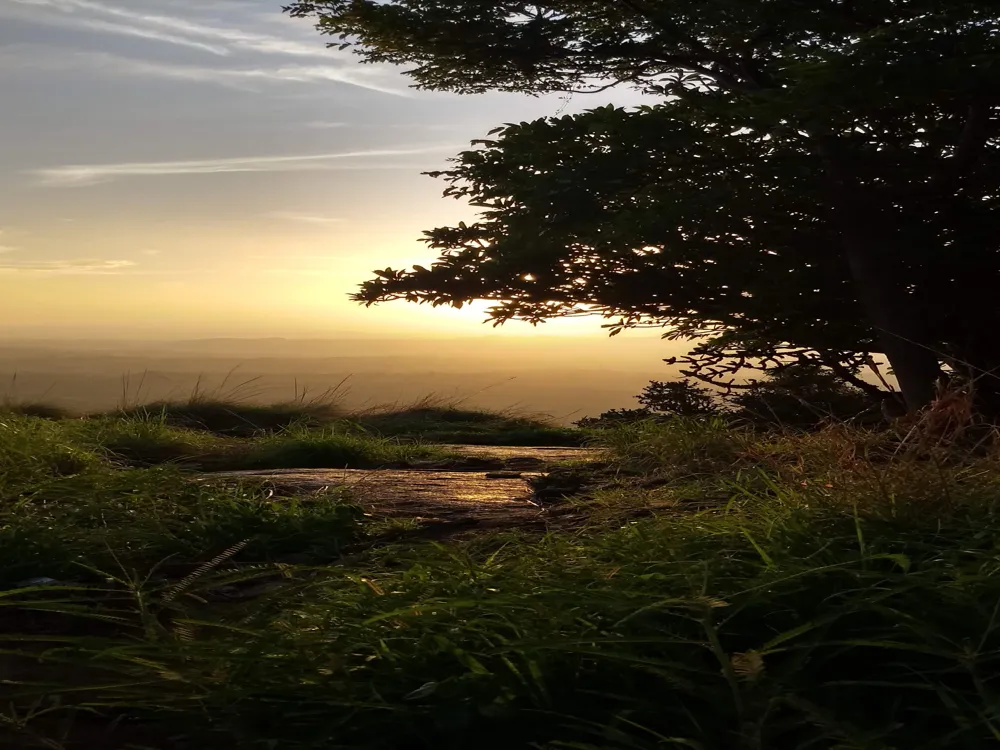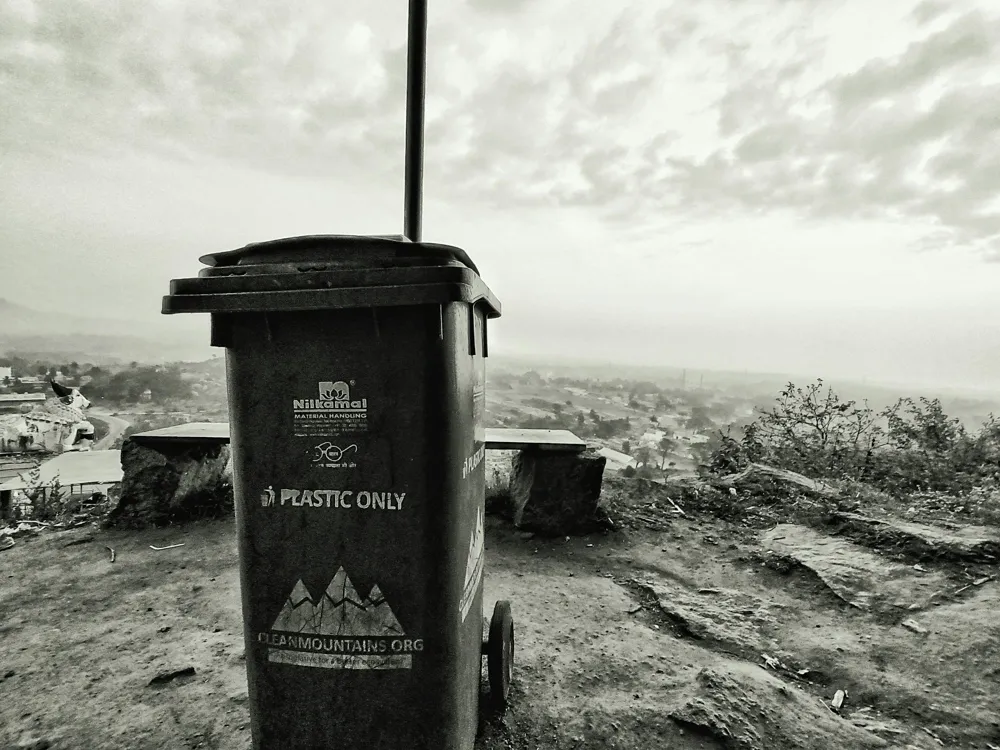Nestled in the serene outskirts of Bangalore, Nandi Hills is a spectacular hill fortress in Karnataka, India. This idyllic destination, perched at a height of about 1,478 meters above sea level, is a perfect blend of historical significance and natural beauty. Its lush greenery, misty weather, and panoramic views make it a favorite among nature lovers and history enthusiasts alike. The history of Nandi Hills is as captivating as its landscape. Dating back to the Chola period, the hills have witnessed various dynasties and rulers. The most notable among them was Tipu Sultan, who used it as his summer retreat and built the famed Tipu's Drop, a cliff from where prisoners were reportedly thrown as a punishment. The fortifications and structures built during his reign still stand, narrating tales of the past. Visitors to Nandi Hills can immerse themselves in the tranquility of the environment. The area is home to a rich variety of flora and fauna, making it a paradise for bird watchers and nature enthusiasts. The hills are also associated with the river Arkavathi, which originates from these hills and is a vital water source for the region. Moreover, Nandi Hills offers various activities such as cycling, paragliding, and trekking, catering to the adventurous spirit of its visitors. The serene environment also makes it an ideal spot for meditation and yoga, attracting wellness enthusiasts from all over. The architecture of Nandi Hills is a testament to its rich historical and cultural heritage. The most prominent structure is the Nandi Temple, dedicated to the bull Nandi, which is believed to be the vehicle of Lord Shiva. This ancient temple is an excellent example of Dravidian architecture and attracts thousands of devotees and tourists annually. Another architectural marvel is Tipu's Summer Palace and Fort, which showcase the military genius of Tipu Sultan. The fort's walls are steep and impregnable, indicating the strategic importance of the location. Inside, one can find intricately designed arches and pillars, reflecting the artistry of the era. The British era also contributed to the architectural landscape of Nandi Hills. The colonial bungalows and the guest houses built during this period exhibit distinct British architectural styles, offering a glimpse into the colonial history of the region. Additionally, the various watchtowers and fortifications on the hilltop provide panoramic views of the surrounding landscape. These structures were strategically built for defense and surveillance during the reign of Tipu Sultan and the earlier rulers. The ideal time to visit Nandi Hills is from September to May when the weather is pleasant, making it perfect for exploring and indulging in outdoor activities. The monsoon season should be avoided due to heavy rainfall and potential landslides. Visitors should carry light woolens, especially if staying overnight, as the temperature can drop significantly. Comfortable walking shoes, water bottles, and snacks are essential for trekking and exploring the hills. Don't forget to pack a camera to capture the breathtaking views. Nandi Hills is also known for its delightful local cuisine. Try the traditional Karnataka dishes at local eateries. The fresh, locally grown fruits are a must-try, especially the grapes and berries. Visitors are encouraged to maintain the cleanliness and sanctity of the hills. Littering is strictly prohibited, and tourists are advised to use the designated garbage disposal facilities to help preserve the natural beauty of the region. Nandi Hills is easily accessible from Bangalore, which is about 60 kilometers away. The most convenient way to reach the hills is by road. Visitors can hire taxis or drive their vehicles. For those preferring public transport, there are regular buses from Bangalore to Nandi Hills. The nearest railway station is in Chikkaballapur, about 9 kilometers away, and the nearest airport is Kempegowda International Airport in Bangalore. Read More:Overview of Nandi Hills, Karnataka
Architecture of Nandi Hills
Tips When Visiting Nandi Hills
Best Time to Visit
Packing Essentials
Local Cuisine
Respecting Nature
How To Reach Nandi Hills
Take a Walk
Nandi Hills
Karnataka
NaN onwards
View nandi-hills Packages
Weather :
Tags : Amusement & Theme Park
Time Required : 1 hr
Planning a Trip? Ask Your Question
Nandi-hills Travel Packages
View All Packages For Nandi-hills
Top Hotel Collections for Nandi-hills

Private Pool

Luxury Hotels

5-Star Hotels

Pet Friendly
Top Hotels Near Nandi-hills
Other Top Ranking Places In Nandi-hills
View All Places To Visit In nandi-hills
View nandi-hills Packages
Weather :
Tags : Amusement & Theme Park
Time Required : 1 hr
Planning a Trip? Ask Your Question
Nandi-hills Travel Packages
View All Packages For Nandi-hills
Top Hotel Collections for Nandi-hills

Private Pool

Luxury Hotels

5-Star Hotels

Pet Friendly







